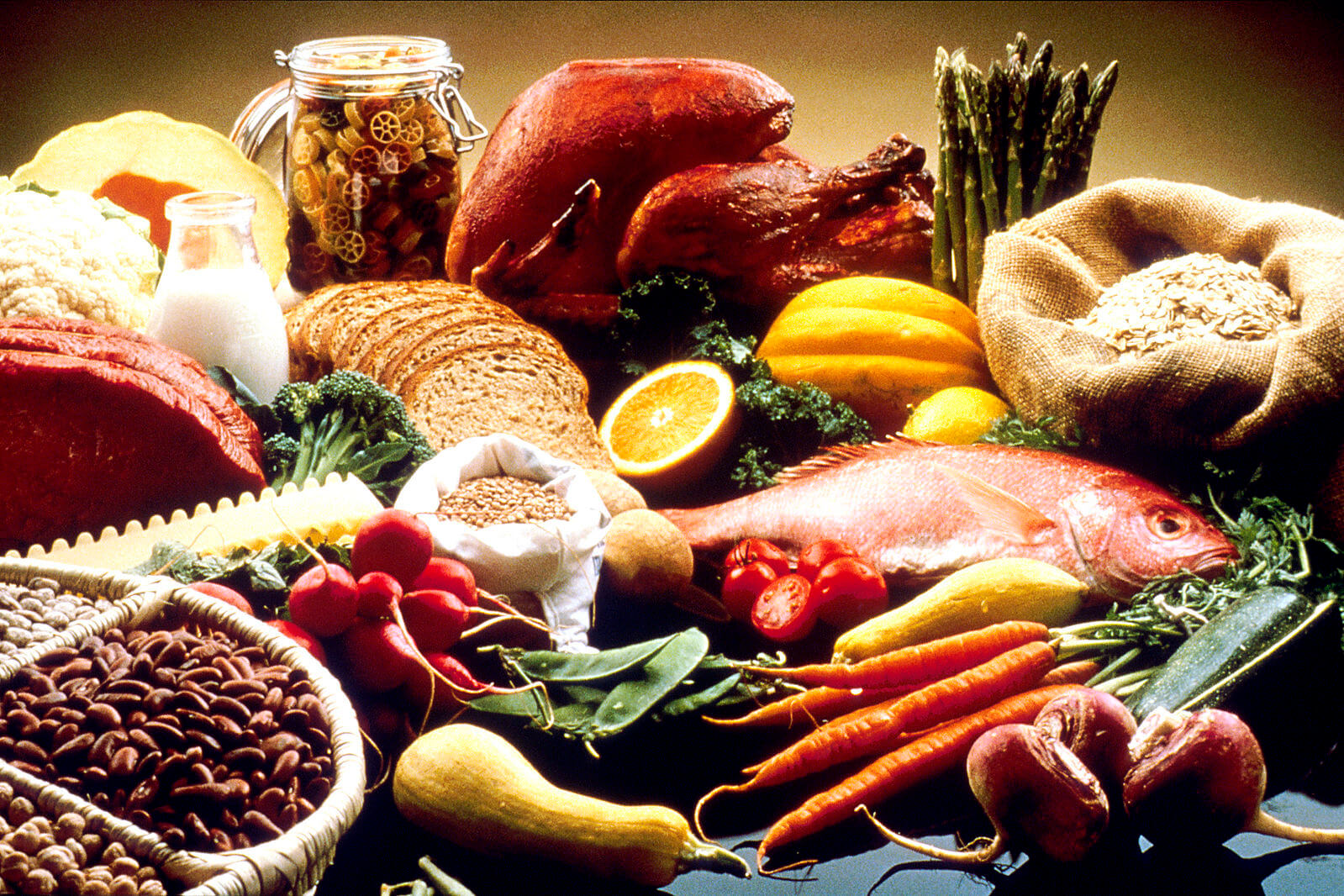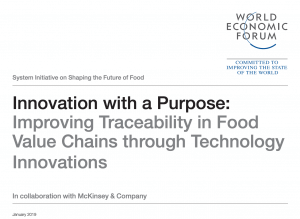
New emerging traceability technologies including Internet-of-Things (IoT) sensors, blockchain and food-sensing technologies, have the potential to support the positive transformation of the food system, according to a research by the World Economic Forum (WEF).
Food holds a critical role in human societies, yet inefficiencies in the supply chain and the lack of product and supply chain visibility are causing serious food safety and waste concerns.
Nearly one-third of global food production is wasted, yet more than 800 million people are chronically undernourished. Meanwhile, the World Health Organization estimates that 600 million people fall ill and 420,000 die each year due to contaminated food. In addition, food systems are responsible for 25% of global greenhouse-gas emissions while climate change in turn threatens up to 25% of crop yields. And a rising global population, expected to reach almost 10 billion by 2050, exacerbates the already strained food systems.

The Innovation with a Purpose: Improving Traceability in Food Value Chains through Technology report, developed by WEF in collaboration with McKinsey & Company, explores the opportunity for traceability to improve information about the provenance, safety, efficiency and sustainability of food and food supplies, and investigates the role of disruptive technology applications to effectively improve food systems.
“Ensuring traceability is vital to providing transparency and building consumer trust in the content, quality and sustainability of the end-to-end food supply chain,” said Paul Bulcke, chairman of the board of Nestlé, Switzerland.
“New technologies, such as blockchain and satellite imaging, can strengthen traceability programs and lead to better transparency and value across the supply chain.”
WEF identifies the “Transformative Twelve”: 12 technologies with the potential to enhance food systems. These technologies, which include blockchain, IoT sensors and food-sensing technologies, could reduce the environmental footprint of agriculture, support small-scale producers and support healthier and more nutritious food systems.
In particular, the report found that scaling blockchain-enabled traceability by 2030 could reduce food loss by 1%-2%. Scaling mobile service delivery could increase farmers’ income by 3%–6% and reduce food loss by 2%–5%.

A distributed, immutable blockchain-based system can be used to efficiently track, aggregate and share supply chain data.
IoT can be used for real-time supply chain transparency and traceability. Sensors can facilitate identification and tracking, health monitors or condition tracking. Sensors can be paired with other capabilities including equipment and tools, and data integration and artificial intelligence (AI).
Non-invasive and non-destructive food-sensing approaches, including hyperspectral imaging, image analysis and spectroscopy, can be used to identify information related to the structure of a product, upload information to the cloud and analyze it through machine learning and imaging-processing algorithms.
“To get to zero hunger, the world needs innovative tools and approaches,” said David Beasley, executive director of World Food Programme (WFP).
“Blockchain technology has the potential to increase supply chain efficiency by allowing us to track in real time where food shipments are – from the point of origin to the moment it is dispatched for delivery from our warehouses. Through blockchain, the humanitarian community can share this information and, in times of emergency, the partners can call forward stocks for families in urgent need.”
WFP is a partner of WEF’s Centre for the Fourth Industrial Revolution Network, an initiative focusing on co-designing and pilot new policies for emerging technologies such as artificial intelligence and blockchain.

